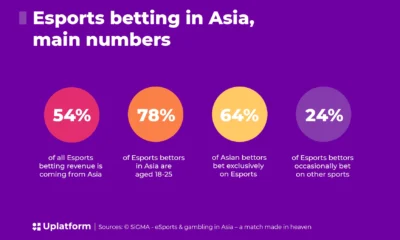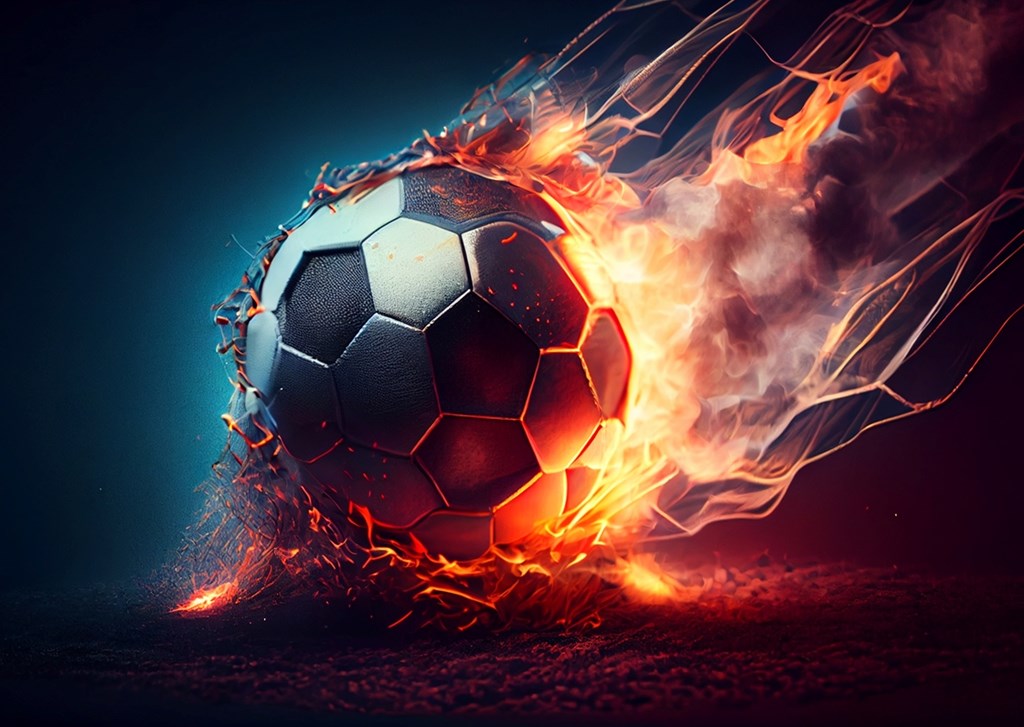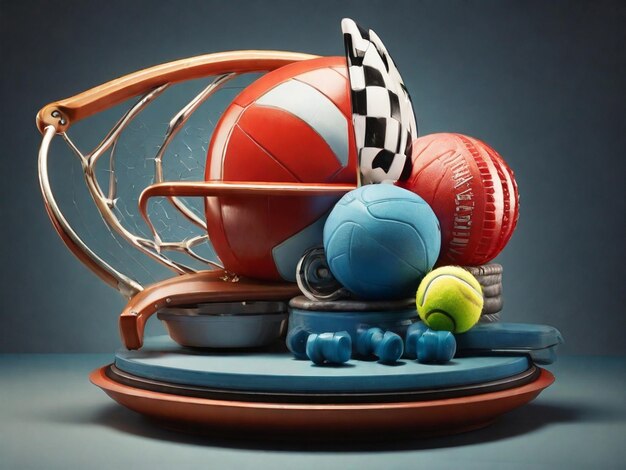Soccer, also known as football in many parts of the world, is more than just a game—it’s a global phenomenon that transcends borders, cultures, and languages. At the heart of this beloved sport is the soccer ball, an essential element that has evolved over the years to become a perfect balance of precision, durability, and design. In this comprehensive guide, we’ll dive deep into everything you need to know about soccer balls, from their construction to their impact on the game.
Understanding the Anatomy of a Soccer Ball
The modern soccer ball is made up of several key components that determine its performance. Each element is carefully designed to meet specific standards set by governing bodies like FIFA.
1. The Outer Cover
The outer cover of a soccer ball is what you see and feel when you touch the ball. Traditionally made of leather, modern soccer balls use synthetic leather because of its durability and water resistance. Synthetic leather can be further divided into three categories:
- Polyurethane (PU): The most common and high-quality synthetic material, offering a soft feel and high durability.
- PVC (Polyvinyl Chloride): A cheaper alternative used for lower-end balls, it provides less touch sensitivity but is very durable.
- Composite Materials: Some soccer balls use a blend of PU and PVC to balance durability and touch.
2. The Lining
Beneath the outer cover is the lining. A soccer ball typically has multiple layers of lining, usually made of polyester or cotton, which adds strength, structure, and responsiveness to the ball. The more layers, the more solid and well-balanced the ball tends to be.
3. The Bladder
At the core of every soccer ball is the bladder—the part that holds air and provides the ball with its shape. Bladders are made from two primary materials:
- Latex Bladders: These offer superior touch and bounce but lose air faster.
- Butyl Bladders: Known for excellent air retention, but they sacrifice a bit of the ball’s responsiveness compared to latex.
The Evolution of Soccer Balls
Soccer balls have come a long way from their early forms. The first balls used in the game were made of inflated pig bladders and covered with leather. Over time, innovations such as the 32-panel ball, introduced in the 1960s by Adidas, revolutionized the sport. This design, featuring 20 hexagonal and 12 pentagonal panels, is still popular today.
Technological Advancements
In recent years, soccer balls have become even more advanced, incorporating cutting-edge technology to improve performance. For instance, Adidas’s Telstar 18, used in the 2018 FIFA World Cup, featured a thermally bonded surface and embedded NFC chips to track its usage.
FIFA Standards for Soccer Balls
For a soccer ball to be used in official matches, it must meet strict criteria set by FIFA. These standards ensure consistency and fairness in the game.
1. Weight
According to FIFA regulations, a soccer ball must weigh between 410 and 450 grams. The weight directly affects how the ball moves through the air and how players interact with it.
2. Circumference
The standard size 5 soccer ball—the size used in professional matches—must have a circumference of 68 to 70 cm.
3. Pressure
The optimal pressure for a soccer ball is 0.6 to 1.1 bars, ensuring the right amount of bounce and control.
4. Shape Retention
FIFA tests ensure that a ball retains its shape after being kicked, squeezed, and subjected to other rigorous conditions. The ball must return to its original form without significant deformation.
Types of Soccer Balls
There are several different types of soccer balls designed for various surfaces and uses. Knowing which ball to choose is critical for optimal performance.
1. Match Balls
Match balls are the highest quality balls designed for professional and competitive play. These balls meet all FIFA standards and offer the best touch, flight, and durability.
2. Training Balls
Training balls are more durable and affordable than match balls. They are built to withstand repetitive use and are ideal for daily practice sessions.
3. Indoor Soccer Balls
Indoor soccer balls are slightly smaller and have less bounce than outdoor balls. They are designed for quick control on indoor surfaces like turf and gym floors.
4. Futsal Balls
Futsal balls are used for the smaller, indoor version of soccer. They are low-bounce and heavier, allowing for better control in tight spaces.
5. Beach Soccer Balls
Beach soccer balls are lighter than regular balls and are designed to be more comfortable when played barefoot. They also have increased water resistance for use in sandy environments.
Choosing the Right Soccer Ball
When selecting a soccer ball, it’s important to consider your playing environment, skill level, and budget. Here are a few tips to help you make the right choice:
1. Size Matters
Soccer balls come in five sizes, with size 5 being the standard for adults and professional players. Size 4 is used for younger players, while size 3 is typically for children under 8 years old.
2. Surface Consideration
Choose a ball based on the surface you’ll be playing on. For grass and turf, match and training balls are ideal, while futsal and indoor balls are better suited for hard surfaces.
3. Budget-Friendly Options
If you’re on a budget, look for training balls that offer a good balance of quality and affordability. High-end match balls can be expensive, so it’s best to reserve them for game day.
Proper Care and Maintenance
To extend the life of your soccer ball, proper care is essential. Here are some tips to ensure your ball stays in top shape:
- Inflate the ball correctly: Always check the recommended air pressure and use a pump with a pressure gauge.
- Avoid water exposure: Even though modern balls are water-resistant, excessive exposure to moisture can still cause damage.
- Clean regularly: Wipe down your ball with a damp cloth after each use, especially if it’s muddy or dirty.
- Store properly: Store your soccer ball in a cool, dry place, away from direct sunlight and extreme temperatures.
Conclusion
The soccer ball is much more than a simple piece of sports equipment—it’s a symbol of passion, teamwork, and the global love for the beautiful game. By understanding the intricacies of soccer ball design, materials, and care, you can enhance your playing experience and enjoy the game to the fullest.
For players and enthusiasts alike, investing in the right soccer ball can make all the difference on the field. Whether you’re playing in a local league, training for fun, or competing at the highest levels, the perfect soccer ball awaits.

 Blog8 months ago
Blog8 months ago
 Sports9 months ago
Sports9 months ago
 Games9 months ago
Games9 months ago
 Tech9 months ago
Tech9 months ago
 App9 months ago
App9 months ago
 Tech7 months ago
Tech7 months ago
 Entertainment8 months ago
Entertainment8 months ago
 Sports9 months ago
Sports9 months ago



